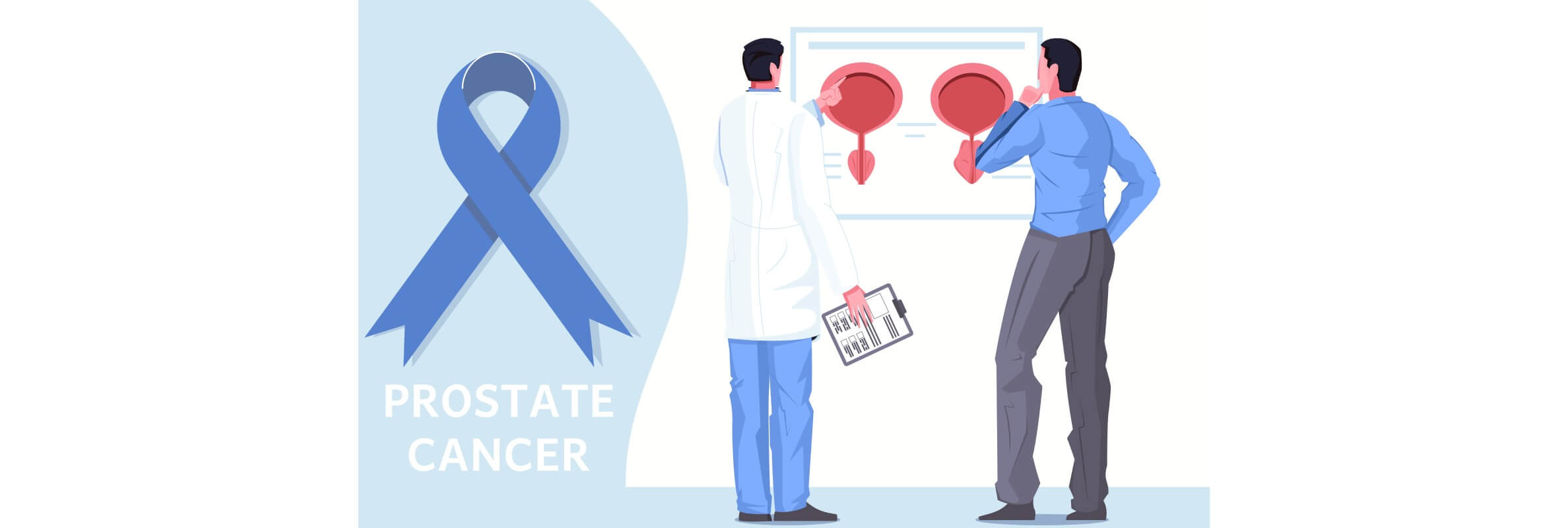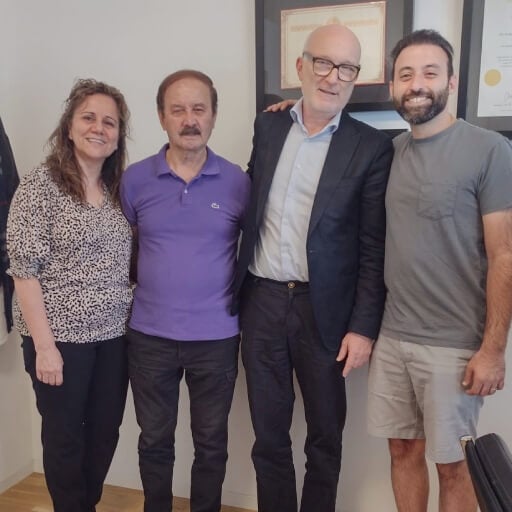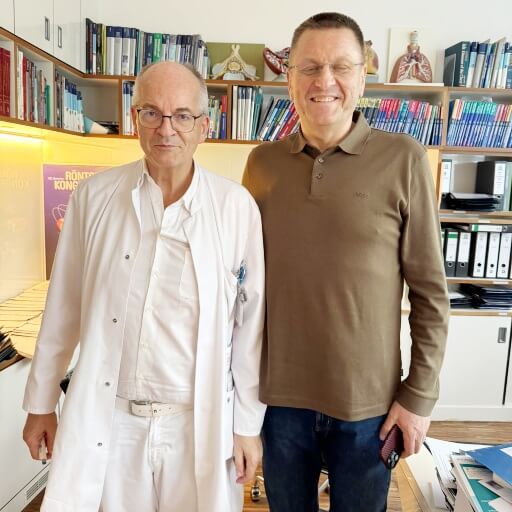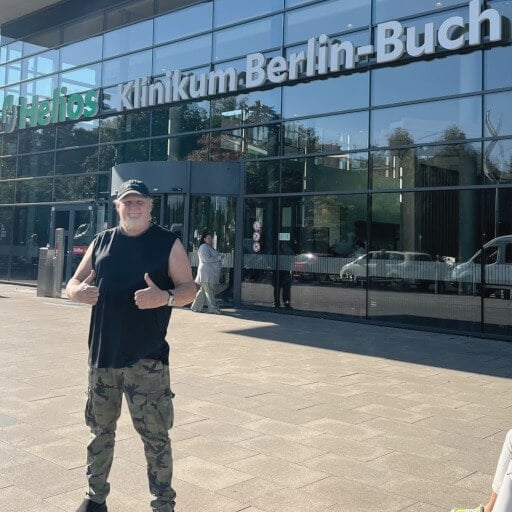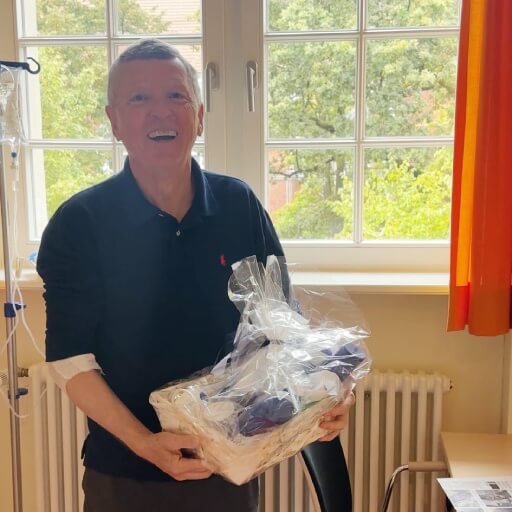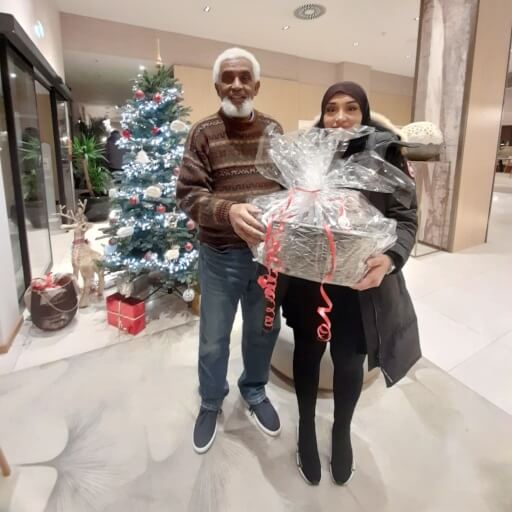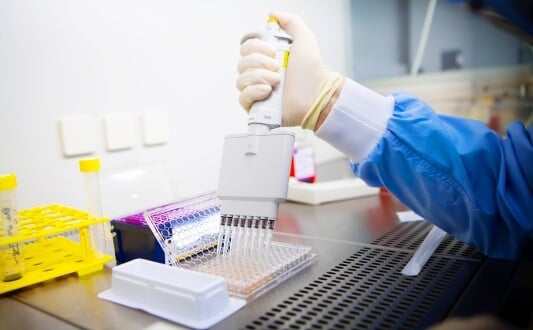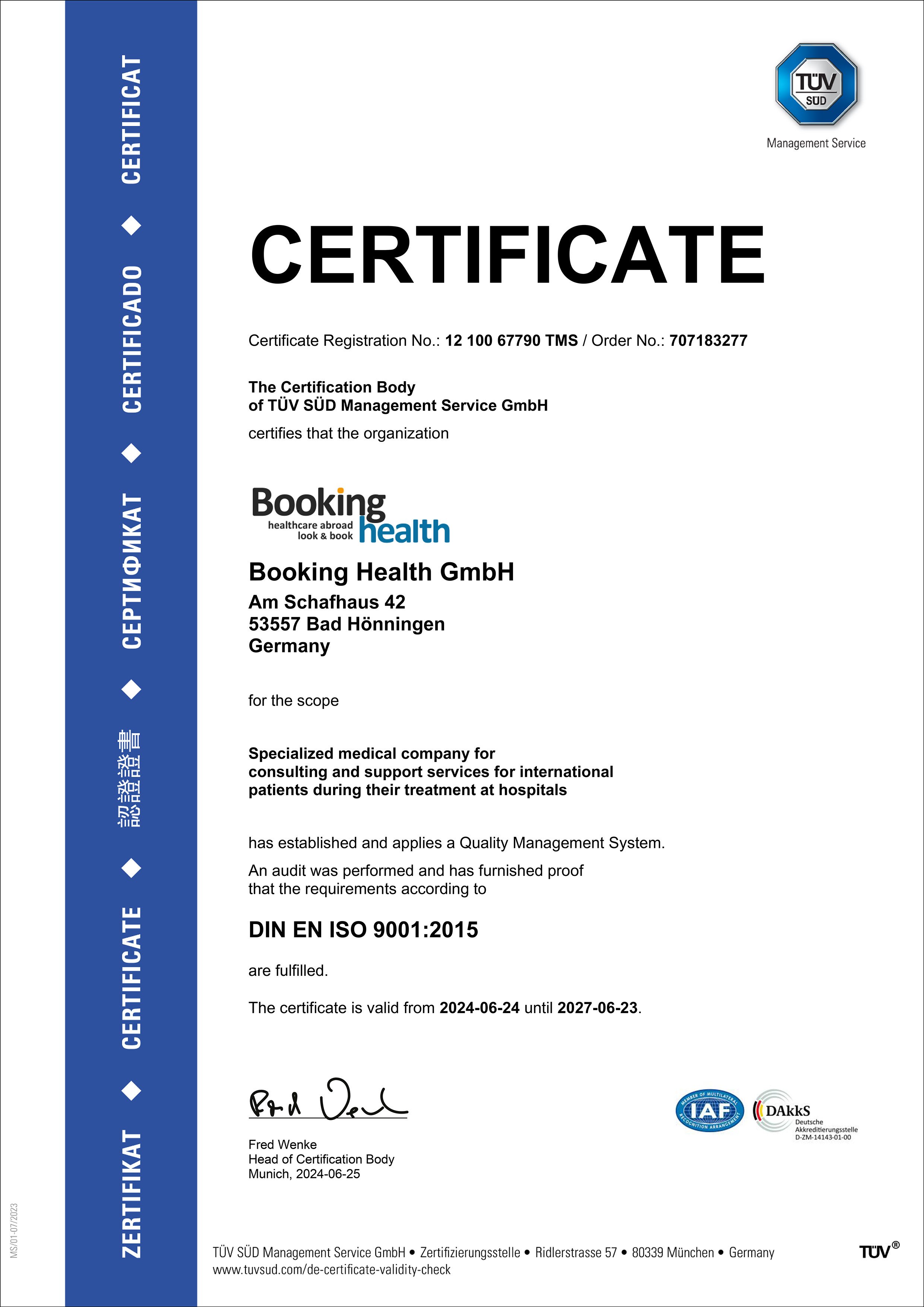Prostate cancer stands as one of the most treatable forms of cancer when patients receive proper medical care. With one in eight men developing the disease during their lifetime and approximately 314,000 new cases expected in 2025 [1], the stakes are high. However, the appeal of folk remedies continues to divert patients from evidence-based treatments that could save their lives. Understanding why conventional medicine offers the only proven path to recovery, while the prostate cancer folk remedies myth creates dangerous delays, is crucial for every man facing this diagnosis.
The numbers speak clearly: prostate cancer mortality has declined by 50% since 1993 due to medical advances, and more than 3.5 million men diagnosed with prostate cancer are alive today. Only one in 44 men will die from the disease when receiving proper medical care. [2]
The Critical Window: Why Timing Matters in Prostate Cancer Treatment
During the initial stage of prostate cancer, many patients believe they can manage the disease with folk remedies because symptoms are often absent. This false sense of security leads to a dangerous misconception that natural treatments are working when, in reality, the cancer continues its relentless progression. The lack of symptoms during early-stage prostate cancer is not an indication of successful treatment but rather a characteristic of the disease itself.
At stage two, the tumor occupies more than half of the prostate gland but hasn't yet spread to neighboring tissues or created metastases. Surgical intervention and radiotherapy at this stage still offer excellent outcomes, yet many patients persist with traditional remedies, allowing the cancer to advance unnecessarily. The transition from stage two to stage three represents a critical loss of treatment options and significantly increased complexity in care.
When prostate cancer reaches stage three, it has already spread to the seminal vesicles and other neighboring organs. While treatment remains possible and can significantly extend life, the therapeutic approach becomes more challenging and intensive. Even at stage four, when metastases have occurred, evidence-based treatment in advanced medical facilities can add years to a patient's life, contrary to the fatalistic belief that nothing can be done.
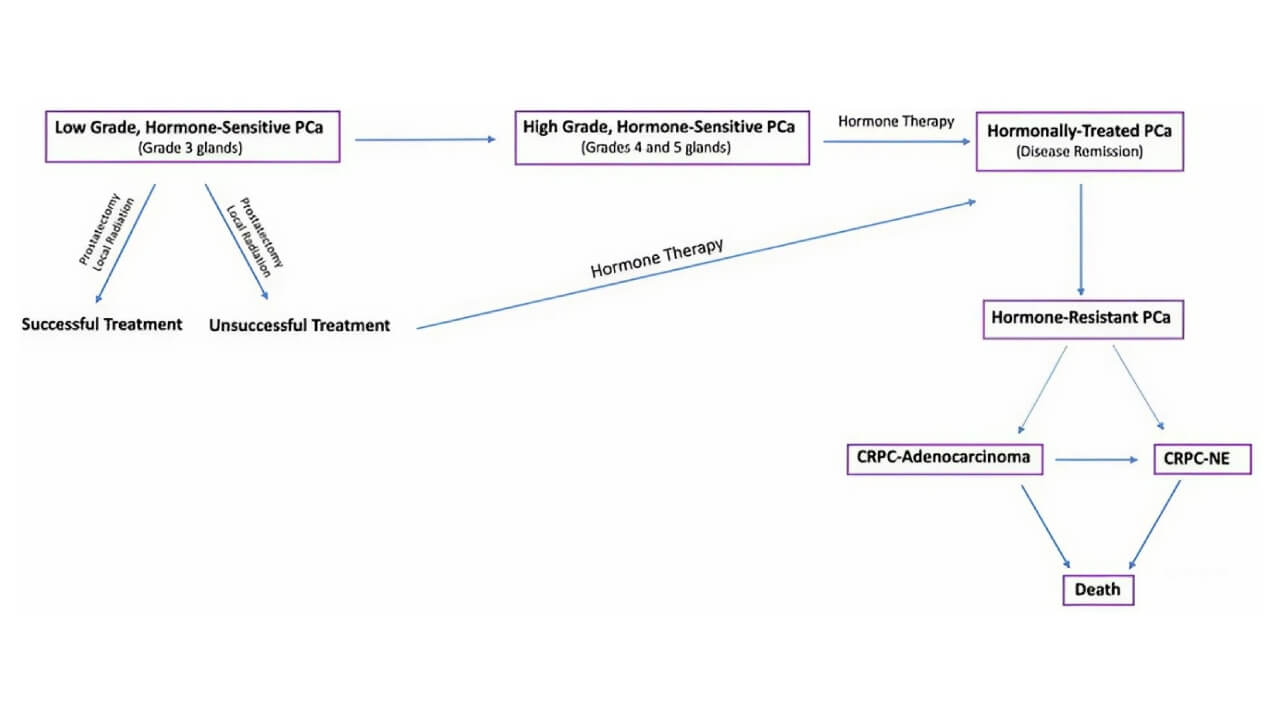
The Dangerous Appeal of Folk Remedies: Understanding Why Prostate Cancer Patients Choose Them
The Psychology Behind Alternative Prostate Cancer Treatment Choices
The decision to pursue folk remedies often stems from deeply rooted fears about conventional medical treatment. Patients worry about surgical complications, the side effects of chemotherapy, and so on. Financial concerns also play a significant role, as many believe folk remedies offer a more affordable path to recovery.
The appeal of "natural" treatments creates a false dichotomy between harsh medical interventions and gentle herbal remedies. This oversimplification ignores the reality that cancer itself is neither gentle nor forgiving, and that effective treatment requires approaches backed by rigorous scientific research and clinical trials.
How False Hope Spreads and Persists in Prostate Cancer
Anecdotal success stories circulate within communities, often featuring individuals who supposedly cured their cancer with herbs or other folk remedies. These stories persist because they offer hope in desperate situations, but they lack the critical verification that medical science demands.
The psychological need to believe in miraculous cures can override rational assessment of evidence, leading patients to pursue treatments with no proven efficacy.
Folk Remedies for Prostate Cancer: What Patients Use and Why They Don't Work
Common Plant-Based Treatments for Prostate Cancer
Many patients turn to hemlock tincture, following protocols that gradually increase dosage from one drop to forty drops over forty days. Despite its long history in folk medicine, hemlock offers no evidence of anti-cancer properties and carries significant toxicity risks. Similarly, celandine alcoholic infusions prepared with dried plants and vodka have no peer-reviewed research supporting their use in cancer treatment.
Cordyceps mushroom supplements have gained popularity due to aggressive marketing claims about their healing properties. While the mushroom has been studied for various health conditions, no credible research demonstrates its effectiveness against prostate cancer. The same lack of evidence applies to plantain juice preparations and burdock water tinctures, despite their widespread use in traditional medicine circles.
Perhaps most concerning is the use of aconite extract, a highly poisonous plant that poses serious risks of fatal poisoning. The escalating dose protocols recommended by folk healers can lead to severe toxicity without providing any therapeutic benefit against cancer.

Non-Plant Folk Remedies for Prostate Cancer and Their Dangers
Beyond herbal treatments, patients often experiment with household substances like baking soda, following methods such as the Portman protocol. These approaches lack any scientific foundation and may actually interfere with proper medical treatment. Salt bandage applications, mercury chloride treatments, and hydrogen peroxide therapy represent particularly dangerous practices that can cause severe poisoning while offering no anti-cancer benefits.
The persistence of these methods despite overwhelming evidence of their ineffectiveness reflects the powerful influence of desperation and the human tendency to seek simple solutions to complex problems. Historical use does not equate to medical validity, and the confirmation bias inherent in anecdotal reporting perpetuates these dangerous practices. Understanding the dangers of home remedies prostate cancer patients often turn to is essential for making informed treatment decisions.
Proven Prostate Cancer Treatments
Evidence-based oncology provides several proven treatments for prostate cancer that offer genuine hope for recovery and meaningful life extension. These evidence-based approaches have undergone rigorous clinical testing and demonstrate measurable success rates across all stages of prostate cancer.
Surgery for Prostate Cancer
Radical prostatectomy involves the complete removal of the prostate gland and surrounding tissues to eliminate cancer at its source. Surgeons can perform this operation through open surgery with a single large incision or using minimally invasive laparoscopic techniques with multiple small incisions. Da Vinci robot-assisted surgery has become increasingly common, offering enhanced precision and typically resulting in less blood loss, reduced pain, and faster recovery times.
For advanced prostate cancer causing urinary obstruction, doctors may first perform transurethral resection of the prostate (TUR or TURP) to relieve symptoms. This procedure removes the inner portion of the prostate surrounding the urethra using a resectoscope inserted through the penis. While transurethral resection of the prostate doesn't cure cancer, it effectively addresses urinary difficulties and typically requires only 1-2 days of hospitalization with 1-2 weeks of recovery time.
Key benefits include:
- Complete cancer removal in localized cases
- Immediate PSA reduction to undetectable levels
- Option for nerve-sparing techniques to preserve function
- Lower recurrence rates when performed by experienced surgeons
Recovery typically involves a one- to two-day hospital stay, followed by a gradual restoration of bladder control and erectile function over several months. Most patients can walk within hours of surgery, promoting faster healing and reducing the risk of complications.
Radiation Therapy for Prostate Cancer: Precision Cancer Destruction
Radiation therapy uses high-energy beams to destroy cancer cells while minimizing damage to healthy tissues. External beam radiation delivers targeted doses from outside the body using advanced techniques like intensity-modulated radiation therapy (IMRT) and stereotactic body radiation therapy (SBRT). These modern approaches can focus radiation precisely on tumor locations while protecting surrounding organs.
To further protect healthy tissues, doctors may insert hydrogel spacers between the prostate and rectum before treatment begins. These balloon-like devices or gel substances create additional space, significantly reducing radiation exposure to the rectum and minimizing the risk of bowel complications. The spacer dissolves naturally over several months after treatment completion.
Treatment typically involves:
- Daily sessions over several weeks for external beam therapy
- Minimal daily treatment time despite extended course duration
- Ability to treat cancer that has spread beyond the prostate
Modern radiation techniques achieve cure rates comparable to surgery for localized prostate cancer while offering an alternative for patients who cannot undergo surgery due to age or other health conditions.
Brachytherapy for Prostate Cancer: Internal Radiation Seeds
Brachytherapy involves placing tiny radioactive seeds directly into the prostate tissue to deliver concentrated radiation doses to cancer cells. This internal radiation approach allows higher doses to reach the tumor while significantly reducing exposure to nearby healthy tissues like the bladder and rectum.
Advantages include:
- Single outpatient procedure completion
- Minimal disruption to daily activities
- Lower risk of long-term complications
- 97% of patients alive at 17 years post-treatment
The radioactive seeds remain permanently in the prostate but become inactive within 10-12 months. Patients can return to normal activities within days, though temporary urinary symptoms may occur as the prostate adjusts to treatment.
Photodynamic Therapy for Prostate Cancer: Light-Activated Treatment
Photodynamic therapy represents an innovative approach using light-sensitive drugs activated by specific wavelengths to destroy cancer cells. After administering photosensitizing agents, doctors deliver precise light doses through fiber-optic cables positioned within the prostate. This creates reactive oxygen species that selectively damage cancer cells while preserving healthy tissue.
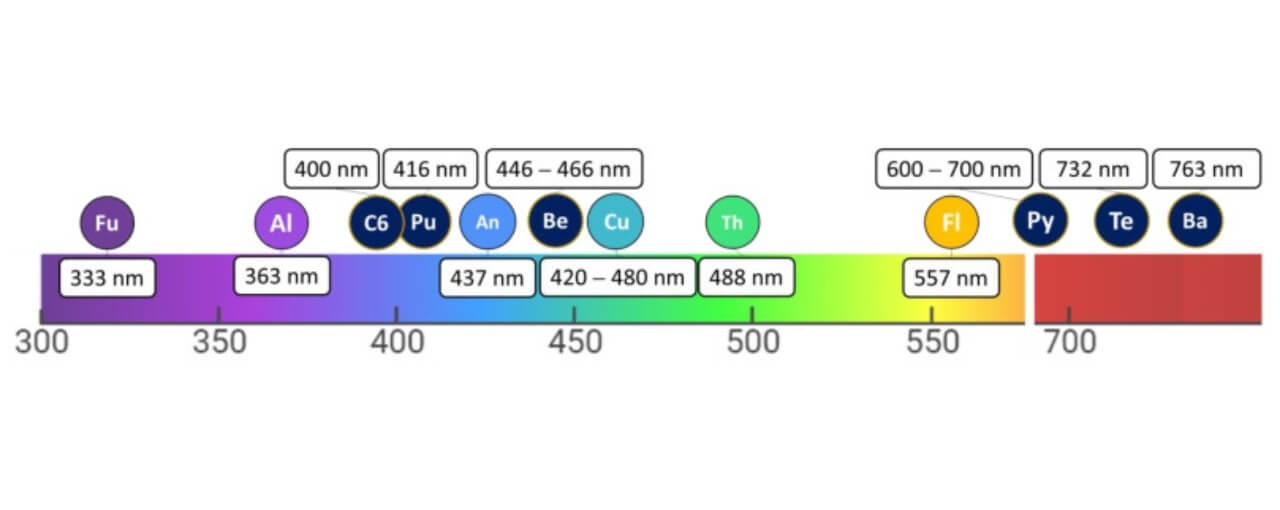
Current research shows promise for:
- Focal treatment of localized cancer areas
- Minimal invasiveness compared to surgery
- Preservation of urinary and sexual function
- Potential for repeat treatments if necessary
Clinical trials continue evaluating various photosensitizers and light delivery techniques, with some studies reporting significant tumor reduction and improved quality of life outcomes in carefully selected patients.
Lutetium-177 PSMA Therapy for Prostate Cancer: Targeted Radioactive Treatment
Lutetium-177 PSMA therapy uses radioactive particles attached to molecules that specifically bind to prostate cancer cells. This targeted approach allows radiation to reach cancer cells throughout the body, including metastases in bones and other organs. The treatment selectively destroys malignant cells while sparing healthy tissues due to the short range of beta radiation emitted by Lu 177.
Treatment benefits include:
- Destruction of both primary tumors and metastases
- Minimal radiation exposure to healthy tissues
- High response rates exceeding 95% in suitable patients
- Repeatable treatment courses when necessary
Patients typically receive one or more treatment cycles with careful monitoring of kidney and liver function. The therapy shows particular effectiveness in hormone-resistant prostate cancer where other treatments have failed, offering hope for extended survival and symptom relief.
Dendritic Cell Therapy for Prostate Cancer: Immune System Enhancement
Dendritic cell therapy harnesses the patient's immune system by training specialized cells to recognize and attack cancer cells specifically. This groundbreaking immunotherapy approach earned Ralph Steinman the 2011 Nobel Prize in Physiology or Medicine for discovering dendritic cells and their crucial role in adaptive immunity.
The personalized treatment involves collecting the patient's blood cells, processing them in laboratory conditions to create cancer-fighting dendritic cells, and then reintroducing them through vaccination. The treatment creates lasting immune memory against prostate cancer.
Clinical advantages of this prostate cancer immunotherapy in Germany include:
- Minimal side effects compared to chemotherapy
- Long-lasting anticancer immune response development
- Effectiveness in hormone-resistant cases
- Integration with other treatment approaches
Studies demonstrate particular success in early-stage cancer prevention and post-surgery PSA control. The therapy offers hope for patients with advanced disease, potentially extending survival while maintaining quality of life through the body's natural defense mechanisms rather than toxic interventions. This approach represents the essence of integrative oncology.
Global Patterns in Prostate Cancer Treatment Choices: Why Geography Matters
The Healthcare Development Connection
Countries with advanced healthcare systems show dramatically lower rates of folk remedy usage for cancer treatment. Nations like Germany, Japan, and the United States see minimal attempts at treating prostate cancer with traditional methods, while regions with less developed medical infrastructure experience higher rates of alternative treatment seeking.
This correlation reveals an important truth about folk remedy usage: it often represents a response to inadequate access to quality medical care rather than a superior treatment approach. When patients have confidence in their healthcare system and access to advanced treatments, they overwhelmingly choose evidence-based medicine.
The Cost of Geographic Medical Inequality
Patients in regions with limited healthcare access may turn to folk remedies not by choice but by necessity. However, this creates a dangerous cycle where treatable cancers become fatal due to delayed or inadequate intervention. The solution lies not in accepting folk remedies as viable alternatives but in improving access to proven medical treatments.
Modern Cancer Treatment: Patient Journeys with Booking Health
Seeking Quality Prostate Cancer Treatment: When Local Options Fall Short
The Medical Tourism Solution for Prostate Cancer
For patients whose local healthcare systems cannot provide optimal cancer care, seeking treatment in countries with advanced medical capabilities becomes a life-saving option. German prostate cancer clinics, for instance, offer cutting-edge prostate cancer treatments at any stage of the disease, providing hope even for patients with advanced conditions.
The organization of international treatment presents numerous challenges that can overwhelm patients already dealing with a cancer diagnosis:
- Selecting the right clinic for specific medical conditions
- Understanding treatment costs and payment options
- Gathering necessary medical documents and records
- Arranging document translations into the required languages
- Coordinating complex travel logistics
- Securing qualified interpreter services
- Managing insurance coverage considerations
Professional Support for Medical Tourism
The company specializing in medical tourism, Booking Health, assists patients navigating these complex arrangements. Professional medical tourism services provide comprehensive support:
- Identifying the most appropriate clinics for specific conditions
- Negotiating with medical administrations to reduce waiting times and book treatment in Germany
- Handling document preparation and translation into required languages
- Providing up to 70% savings on treatment programs
- Securing coverage for potential complications
- Airport pickup and transportation to clinic appointments
- Interpreter services during medical consultations
- Complete travel coordination for the return journey
This support allows patients to focus entirely on their recovery rather than logistical concerns.
Making the Right Choice in Prostate Cancer Treatment
The decision to pursue evidence-based treatment over folk remedies requires courage to face uncomfortable realities about cancer and medical intervention. However, the statistical outcomes speak clearly: conventional medicine offers the only proven path to recovery or meaningful life extension.
For patients whose local healthcare cannot provide optimal treatment, seeking care abroad through proper channels ensures access to the most advanced therapies available. Folk remedies, regardless of their cultural significance or historical use, simply cannot match the therapeutic power of modern oncology when time is of critical importance.
Choose treatment abroad and you will for sure get the best results!
Authors:
This article was edited by medical experts, board-certified doctors Dr. Nadezhda Ivanisova, and Dr. Bohdan Mykhalniuk. For the treatment of the conditions referred to in the article, you must consult a doctor; the information in the article is not intended for self-medication!
Our editorial policy, which details our commitment to accuracy and transparency, is available here. Click this link to review our policies.
Sources:
[1] American Cancer Society. Key Statistics for Prostate Cancer. https://www.cancer.org/cancer/types/prostate-cancer/about/key-statistics.html
[2] American Cancer Society. Journals. Cancer statistics, 2025. https://acsjournals.onlinelibrary.wiley.com/doi/10.3322/caac.21871
[3] ResearchGate. Rewiring of the N-Glycome with prostate cancer progression and therapy resistance. https://www.researchgate.net/publication/368791776_Rewiring_of_the_N-Glycome_with_prostate_cancer_progression_and_therapy_resistance
[4] Hicham Wahnou, Ibtissam Youlyouz-Marfak, Bertrand Liagre et al. Shining a Light on Prostate Cancer: Photodynamic Therapy and Combination Approaches. Pharmaceutics. 2023 Jun 19;15(6):1767. doi: 10.3390/pharmaceutics15061767. [DOI] [PMC free article]
Read:
A Comprehensive Guide to Getting Prostate Cancer Treatment
Prostate cancer treatment with dendritic cells in Germany
Stage 4 Prostate Cancer Treatment in Germany: What You Need to Know
Article menu:
- The Critical Window: Why Timing Matters in Prostate Cancer Treatment
- The Dangerous Appeal of Folk Remedies: Understanding Why Prostate Cancer Patients Choose Them
- Folk Remedies for Prostate Cancer: What Patients Use and Why They Don't Work
- Proven Prostate Cancer Treatments
- Global Patterns in Prostate Cancer Treatment Choices: Why Geography Matters
- Seeking Quality Prostate Cancer Treatment: When Local Options Fall Short
Don't know where to start?
Contact Booking Health